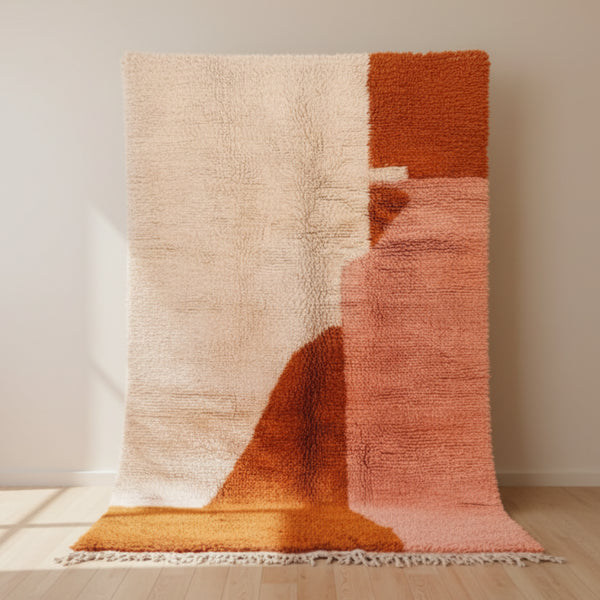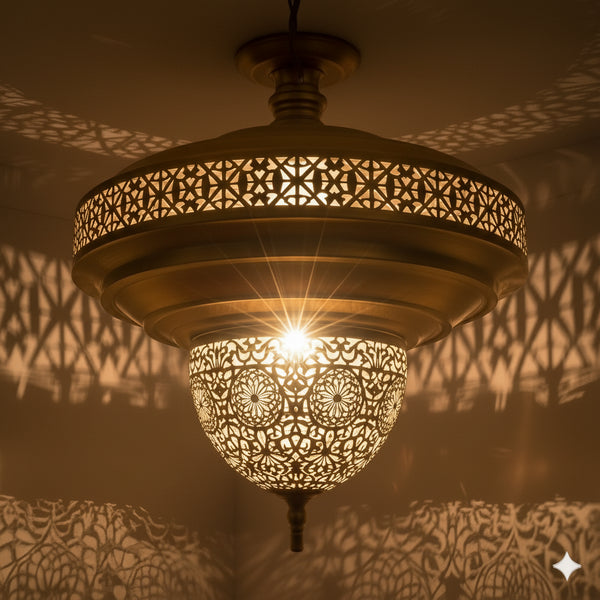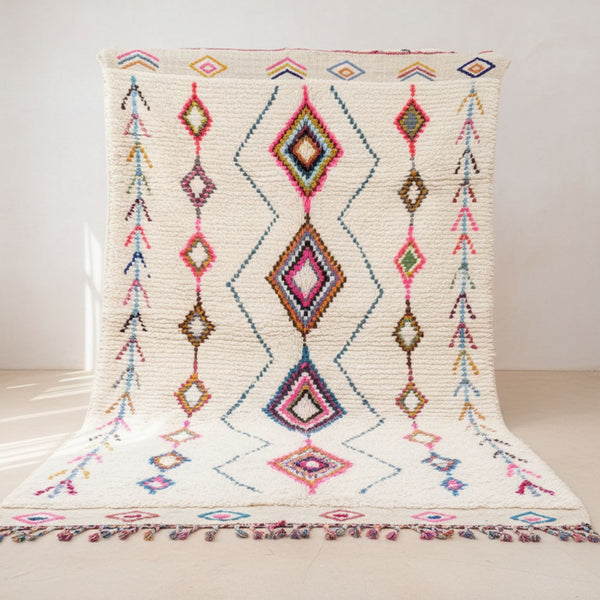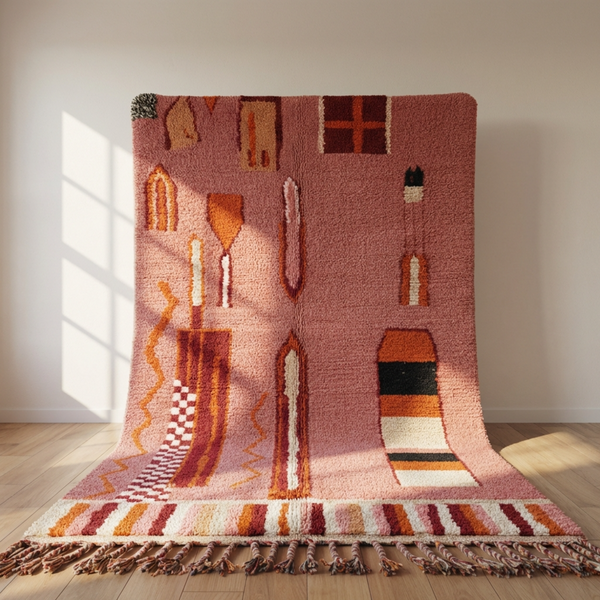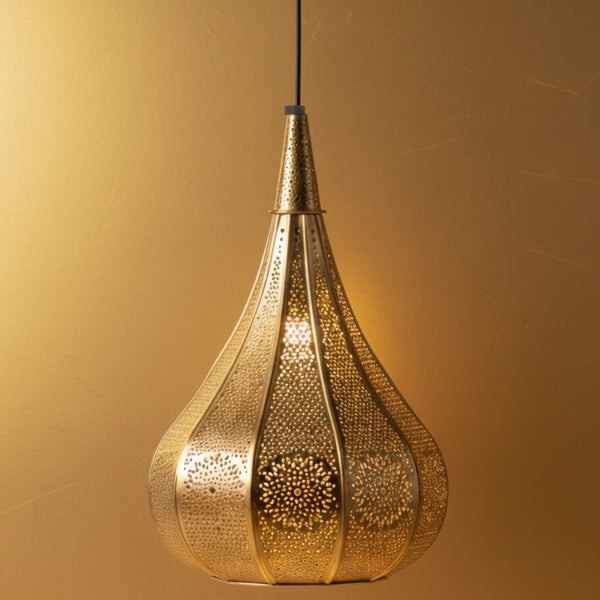How to Stuff Your Pouf
Posted by KING OF HANDMADE
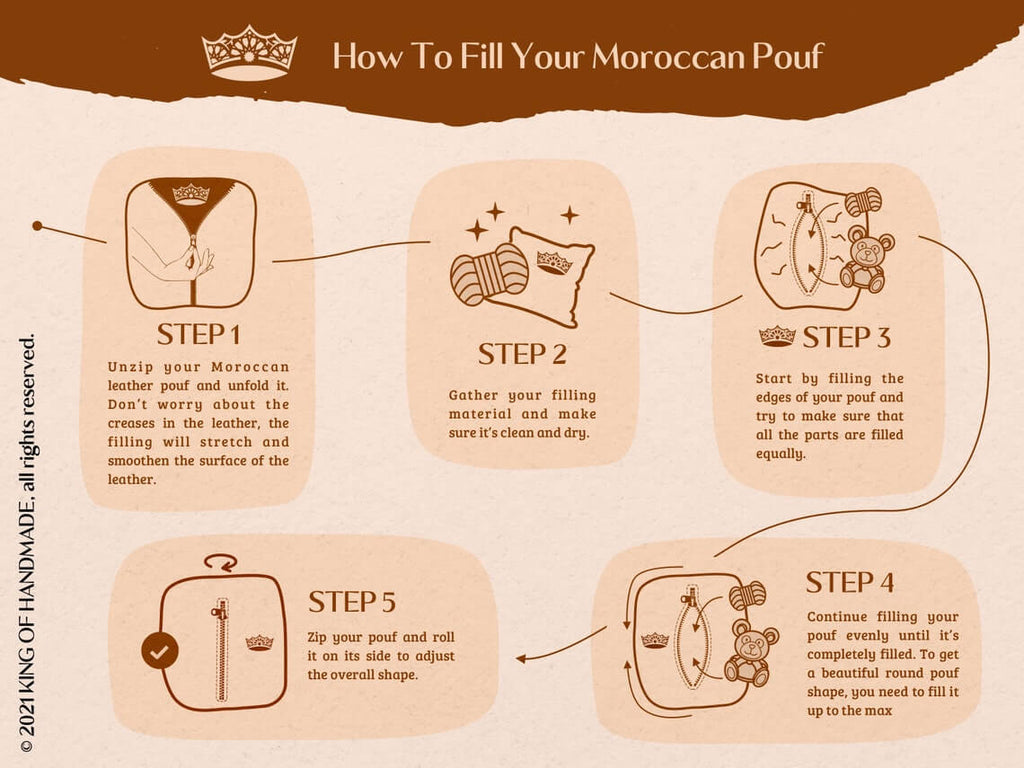
Stuffing a pouf might seem hard, but it's actually quite simple. Whether you're using it as a seat or a decorative piece, the right stuffing can make all the difference. This guide will walk you through choosing materials, preparing your pouf, and the actual stuffing process. Plus, you'll learn how to maintain it and avoid common mistakes. Let's get started!
Key Takeaways
- Choose the right filling material for your pouf, such as polyester stuffing, unused clothing, or bean bag fill.
- Make sure your pouf is clean and dry before you start stuffing it to avoid any issues later.
- Stuff the sides first and layer the stuffing to ensure even distribution and avoid lumps.
- Regularly fluff your pouf and add more filling as needed to keep it in good shape.
- Avoid overstuffing and using inappropriate materials to ensure your pouf lasts longer.
Choosing the Right Filling Material
When it comes to stuffing your pouf, selecting the right filling material is crucial. The type of filling you choose will affect the comfort, durability, and overall look of your pouf. Here are some popular options to consider:
Polyester Stuffing
Polyester is one of the most common materials used for stuffing poufs. It's affordable, easy to find, and provides a soft yet supportive feel. You can purchase polyester stuffing from various stores like Amazon, Walmart, or local craft shops. This material is also lightweight, making it easy to move your pouf around.
Unused Clothing and Textiles
If you're looking for a more sustainable option, consider using unused clothing and textiles. This method not only helps in recycling old fabrics but also provides a firm and sturdy filling. Simply cut the clothing into small pieces and stuff them into your pouf. This is a great way to repurpose items you no longer wear.
Bean Bag Fill
For those who prefer a softer and more moldable pouf, bean bag fill is an excellent choice. These tiny beads conform to your shape, offering a comfortable seating experience. However, be mindful that bean bag fill can compress over time, so you might need to refill your pouf occasionally.
As we're deciding on which ottoman or pouf to settle for, it's important to consider options that are nontoxic and sustainable for a healthy home with little ones around.
Preparing Your Pouf for Stuffing
Cleaning and Drying
Before you start, make sure your pouf is clean and dry. This step is crucial to avoid any mold or unpleasant smells later on. Always check for any stains or damp spots and address them before moving forward.
Unzipping and Shaping
Locate the zipper, usually found at the bottom of the pouf. Unzip it and open the pouf to its full shape. This will make the stuffing process much easier and ensure that all corners are properly filled.
Ensuring Even Distribution
When you begin stuffing, focus on filling the sides first. This helps in maintaining the shape and prevents any dimples or bumps. Use your hands to push the stuffing into all the nooks and crannies. Continue adding layers of stuffing, pressing down firmly each time to ensure even distribution.
Proper preparation is key to a well-stuffed pouf. Taking the time to clean, unzip, and shape your pouf will make the stuffing process smoother and more effective.
Step-by-Step Guide to Stuffing Your Pouf
Filling the Sides First
Start by filling the sides of your pouf. This helps in maintaining the shape and structure. Make sure to push the filling firmly into the corners to avoid any empty spaces. This step is crucial for a well-shaped pouf.
Layering the Stuffing
Once the sides are filled, begin layering the stuffing. Add a layer, then press it down firmly. Repeat this process until the pouf is almost full. This method ensures that the filling is evenly distributed and the pouf remains firm.
Final Touches
After the pouf is filled, zip it up and give it a good shake. This helps in settling the filling and identifying any areas that might need more stuffing. If needed, add more filling and repeat the process. Your pouf should now be firm and well-shaped.
A well-stuffed pouf not only looks good but also lasts longer. Take your time to ensure even distribution and firmness.
Maintaining Your Stuffed Pouf
Regular Fluffing
To keep your pouf looking its best, make sure to fluff it regularly. This helps maintain its shape and keeps the filling evenly distributed. A well-fluffed pouf is more comfortable to sit on and looks more appealing. Simply give it a good shake and pat it down to redistribute the stuffing.
Adding More Filling Over Time
Over time, the filling in your pouf may compress, making it less firm. When this happens, just add more filling to bring it back to its original shape and comfort level. This is especially important for a leather pouf, as it can lose its shape more easily.
Cleaning Tips
Keeping your pouf clean is essential for its longevity. For fabric poufs, spot clean any stains with a mild detergent and water. For a leather pouf, use a leather cleaner and conditioner to keep the material supple and free from cracks. Regular cleaning not only keeps your pouf looking good but also extends its life.
Maintaining your pouf doesn't have to be a chore. With regular fluffing, occasional refilling, and proper cleaning, your pouf will stay comfortable and stylish for years to come.
Common Mistakes to Avoid
Overstuffing
One common mistake is overstuffing your pouf. While it might seem like more filling would make it sturdier, it can actually cause the seams to stretch and eventually tear. Aim for a balance where the pouf is firm but not overly tight.
Ignoring the Seams
Another error is ignoring the seams. Always check the seams for any signs of wear and tear before stuffing. Weak seams can burst open, especially if the pouf is used frequently. Reinforce any weak spots to ensure durability.
Using Inappropriate Materials
Using the wrong materials can also be problematic. Not all stuffing materials are suitable for poufs. For example, fiber filling stuffing is not easy to deform after many times washing, both hand-washable and machine-washable. Make sure to choose materials that are durable and easy to clean.
Benefits of DIY Pouf Stuffing
Stuffing your pouf yourself is a no-brainer. In fact, stuffing your own pouf is budget-friendly, and it gives you more control over the quality of filling material and the firmness of your pouf.
Conclusion
Stuffing your pouf might seem tricky at first, but with the right steps, it's a breeze. Whether you choose to use old clothes, polyester stuffing, or beans, the key is to fill it evenly and firmly. This ensures your pouf looks great and feels comfortable. Plus, doing it yourself saves money and lets you control the firmness. So, grab your materials and get stuffing! Your perfect pouf is just a few steps away.
Frequently Asked Questions
What materials can I use to stuff my pouf?
You can use polyester stuffing, unused clothing and textiles, or bean bag fill. Each material has its own benefits, so choose based on your needs.
How do I prepare my pouf for stuffing?
First, make sure your pouf is clean and dry. Then, unzip it and shape it properly before you start stuffing.
How do I ensure the stuffing is evenly distributed?
Start by filling the sides first, then add layers of stuffing while pressing down firmly. This helps to avoid bumps and uneven spots.
What are some common mistakes to avoid when stuffing a pouf?
Avoid overstuffing, ignoring the seams, and using inappropriate materials. These mistakes can affect the look and durability of your pouf.
How do I maintain my stuffed pouf?
Regularly fluff your pouf, add more filling over time as needed, and follow cleaning tips to keep it in good shape.
Why should I stuff my pouf myself?
Stuffing your pouf yourself is cost-effective, allows for customization, and gives you control over the quality of the filling material.
